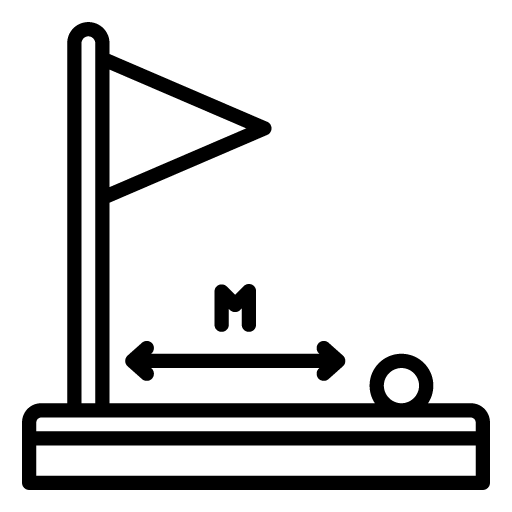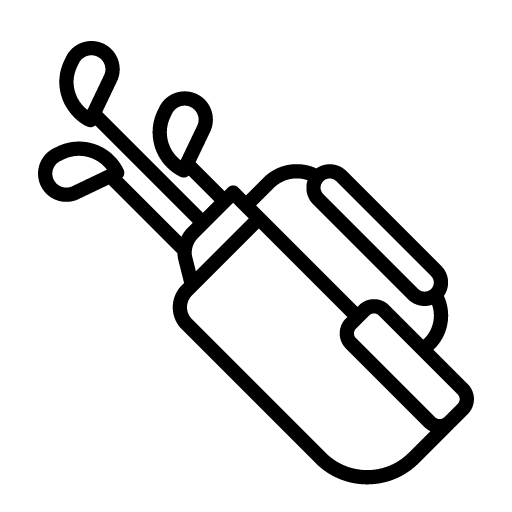I consistently play three courses in the NC Triangle – Hasentree, Chapel Ridge and Heritage. Both Hasentree and Chapel Ridge have bentgrass greens and I absolutely love them. When they are soft you can spin the ball back to the hole and the putts take every single break you see. The opposite is true of Heritage. Last summer (2014), Heritage went to championship bermudagrass and that course has never been the same. The greens are rock hard and the putts don’t break at all.
In fact, if you think a putt is going to break less than two cups you might as well hit it straight at the hole. At Hasentree a putt I would hit five feet to the high side of the hole is maybe a cup out at Heritage. I have done quite a bit of research on how important the grain is when putting bermudagrass greens. Unfortunately, I have yet to master reading the grain. I am so used to playing Hasentree where the putts take the exact break you think they will break.
At Hasentree or Briar Chapel I average about 28 to 32 putts a round. Today, I have seven three putts at Heritage and could not have putted worse. I hit some putts that ended up being ten feet away from the hole. This can be demoralizing when you putt so well on your home course and bentgrass greens. Just last week I had five birdies and seven one putts in a round at Hasentree. It is nearly impossible for me to have a birdie at Heritage because putting is so very difficult.
While I enjoy playing Heritage I obviously need to practice reading the grain. Before hitting any putt I have to check the grain to determine the speed. Not only do the putts not take a break but they are smoking fast when you are putting with the grain. When putting into the grain they are very slow. It is the different in greens running a 14 with the grain and greens running an 9 or 10 against the grain.
Coming from experience, I can tell you that grain makes very little difference when putting on bentgrass greens. In my opinion, bentgrass is far superior because it is softer which allows you to spin the ball and putts break significantly more than bermudagrass.
Another thing that is interesting to me is being able to feel putts with your feet. On bentgrass greens I can tell you how much a putt is going to break simply be standing over the putt and seeing how far the ball is above or below my feet. This method does not work at all when it comes to bermudagrass greens. I guess the grain is much more important than the slope and the break.
Have you experienced difficulties putting on bermudagrass greens? Do you read the grain before you hit the putt?






